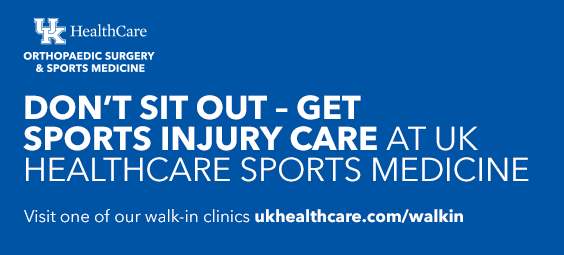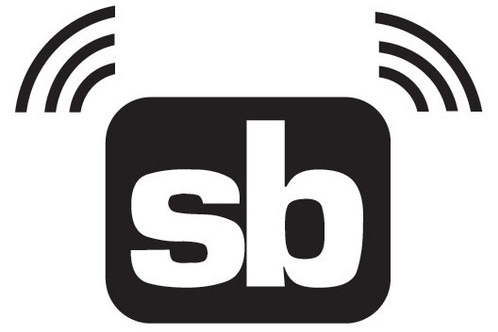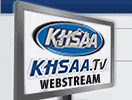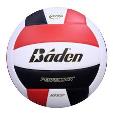07/23/12 – 2012 Football Pre-season Equipment Reminders
PrintTHE INFORMATION IN THIS POST HAS BEEN SUPERSEDED BY ACTION OF THE ANNUAL MEETING OF SCHOOLS AND CLARIFYING INTERPRETATIONS BY THE COMMISSIONER AND SHOULD NOT BE CONSIDERED REGULATORY IN NATURE
As summer workouts draw to a close, and practice begins this week (or early next for most schools), a few reminders seem to be in order. First and foremost, if you have questions, contact Mr. Tackett at the office, although if you read this notice COMPLETELY, most of your questions will be addressed. Mr. Tackett’s email is jtackett@khsaa.org.
Secondly, peer coaches are likely the last and least desirable source for information and practicing in violation of the rules places you in a tremendously negative liability situation and it is NOT better to seek forgiveness than permission.
Nothing about what will be written here hasn’t been shared, in emails, meetings and conferences, but this will perhaps be the first time it has all been consolidated into one communication. Keep in mind also that there are a lot of interconnected rules, so don’t read one provision alone, consider them as a group.
FIRST DATE TO WEAR FULL GEAR
Per Bylaw 25, the first day to wear full pads is governed by the start of your school year for the student body, NOT whether or not you play a week one game.
For 2012, the following governs that first day of full pads –
- If your school starts August 9 or earlier, you can wear full pads on July 30, provided you (and each athlete) have met all other requirements.
- If your school starts August 10, you can wear full pads on July 31, provided you (and each athlete) have met all other requirements.
- If your school starts on or after August 11, you can wear full pads on August 1, provided you (and each athlete) have met all other requirements.
REQUIREMENT FOR PRACTICE WITH HELMET AND SHOULDER PADS (new for 2012)
Each athlete must have three days of practice (three separate days) during the legal practice period where the only gear worn is a helmet, and shoulder pads. These days were re-instituted this year to ensure that the athletes have specific and required time to acclimatize to the wearing of the pads, and the additional potential ten or more percent increase in body core temperature. This recommendation came straight from a variety of sports medicine research groups with the best interests of the students in mind. During these sessions, there can be no full-contact drills which would allow a tackle to be completed or a player to be taken to the ground. This is solely for acclimization and acclimation.
REQUIREMENT FOR PRACTICE OUT OF PADS WITH NO GEAR
Each athlete must have five days on or after July 15 when they practice along with other squad members, outside, with no equipment (other than a helmet), prior to the three required shoulder pad days.
REQUIREMENT FOR FULL GEAR PRACTICE
Each athlete must have five days of practice in full gear prior to competing against another school in a scrimmage or contest. These are in addition to the three shoulder pad/helmet days, and the five days with no gear.
ALLOWANCE FOR NON-CONTACT WORK AGAINST OTHER SCHOOLS/TEAMS
Note that up until the first full gear practice, schools may play in non-contact simulations against other teams/schools (i.e. 7 on 7) and such does not count on the scrimmage limitation. Once the first full gear practice is conducted (does NOT include the three days of shoulder pad only practice), anything against another school would count as one of the scrimmages.
TIMING OF SHOULDER PAD PRACTICES
The first shoulder pad only practice (Helmet and Shoulder Pads only) may not be held earlier than the third week day before the first day of full gear practice. If a school chooses to conduct a practice session (not including a non-contact event against another school/team) on Saturday or Sunday, then that day would count as one of the three required days and therefore, the first date would be later. Here are a couple of examples:
- Team A can have its first legal full gear practice on Monday, July 30. They are not competing in a 7 on 7 tournament on July 28. They do not practice on Saturday, July 28, or Sunday, July 29. Team A could begin its shoulder pad/helmet days on Wednesday, July 25.
- Team A can have its first legal full gear practice on Monday, July 30. They do not practice on Saturday, July 28, or Sunday, July 29 however, they do compete in a 7 on 7 even on July 28 but conduct no other team activity/practice that day. Team A could begin its shoulder pad/helmet days on Wednesday, July 25.
- Team A can have its first legal full gear practice on Monday, July 30. They do not practice on Saturday, July 28, or Sunday, July 29 however, they do compete in a 7 on 7 even on July 28 and conduct a short practice Team A could begin its shoulder pad/helmet days on Thursday, July 26 as Saturday would count as one of those days.
- Team A can have its first legal full gear practice on Monday, July 30. They are not competing in a 7 on 7 tournament on July 28. They do not practice on Saturday, July 28, or Sunday, July 29. Team A could then theoretically begin its shoulder pad/helmet days on Wednesday, July 25. However, due to schedule conflicts, they do not practice in shoulder pads on June 25 or July 26. Team A due to not having shoulder pad practice on Wednesday or Thursday, must use July 30 and July 31 as shoulder pad/helmet days, and put on full gear on August 1.
REQUIREMENT FOR BREAK BETWEEN CONTACT SESSIONS
The other major change this summer is the mandatory break between sessions when full contact begins. Although we have not (yet) implemented daily practice maximum times, there is a major change this year that has been announced on multiple occasions, but needs to be reiterated. You should also note from a liability perspective, that ALL groups involved in sports medicine and safety regulations strongly recommend a maximum of five hours per day of exertional practice, and a maximum of three hours at any one session. Prior to exceeding these recommendations, it would be advisable to consult the provider of your liability insurance.
- In order to properly allow the body core temperature to lower after a full contact session, there must be a THREE-HOUR break following each contact session.
- During this time, there can be no gear worn, and no outdoor activity that in any way simulates football or football drills.
- This safety based restriction is in place regardless of where the practice occurs including camps, home practices, or other workout areas.
- Note that there has been no change to the provisions of Bylaw 25 that require that once full gear practice has begun, there cannot be consecutive days when multiple full gear practices are held.
This is strictly time to allow the now-elevated core body temperature to return to normal prior to the beginning on any other activity.
Print


















